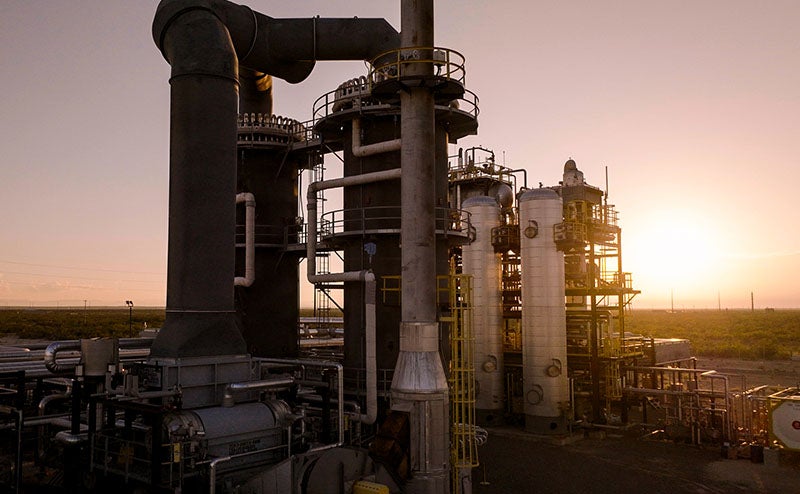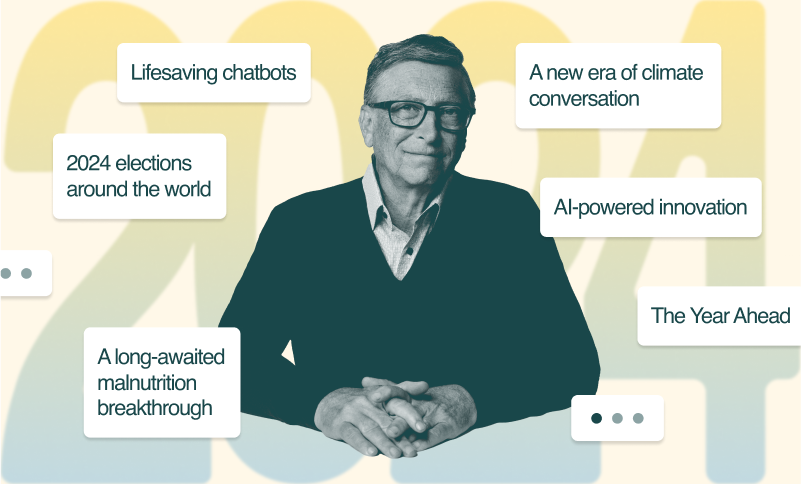So how do we fight climate change caused by agriculture?
Besides the traffic and the weather, we Seattleites love to talk about all the construction going on in our city. The downtown skyline is full of cranes, and it seems like the building never stops. By the end of the year, 39 new projects will have been completed in downtown Seattle alone, and there are plans for more than 100 others to be finished in the next two years.
Seattle is hardly alone. As the global population rises, urban areas around the world are booming, and that means more and more buildings are going up. By one estimate, the world will add 2 trillion square feet of buildings by 2060—the equivalent of putting up another New York City every month for the next 40 years.
There’s good and bad news in that statistic. The good news is that living in the city generally equates to a higher quality of life—you have access to better schools, health care, and job opportunities. The bad news is that the buildings themselves are a big contributor to climate change, and one of the five areas where we need to drive a lot of innovation if we’re going to avoid a climate disaster.
There are two ways in which buildings are responsible for greenhouse gases. The first is the construction phase: Buildings are made of concrete and steel, both of which produce a lot of emissions when they’re being made. In fact, these two materials account for around 10 percent of the world’s annual greenhouse gases. And right now, we don’t have practical ways to make either one without releasing carbon dioxide.
This summer I wrote about a company called Boston Metal (which I’ve helped fund through Breakthrough Energy Ventures) that’s trying to change that, by developing a way to make zero-carbon steel using electricity instead of coal. The video below features a company called CarbonCure, which BEV has also invested in. CarbonCure has a clever approach to injecting carbon dioxide into concrete.
The other way buildings contribute to climate change is with their ongoing operations. It’s natural to think of lights and appliances like TVs as the biggest energy hogs, but they’re not: It’s actually heating and cooling. If you live in a typical American home, your air conditioner is the biggest consumer of electricity you own—more than your lights or refrigerator.
Worldwide, there are 1.6 billion A/C units in use. And that number will skyrocket as the world gets richer, more populous, and hotter; by 2050, there will be more than 5 billion A/Cs in operation. That could put us in a vicious cycle, where temperatures go up, so we run more air conditioners, which only makes it hotter, and on and on. This is another reason why it’s so urgent for us to decarbonize the world’s power grids.
But energy use isn’t the only problem with air conditioners. They also contain refrigerants called F-gases, which molecule for molecule, cause much more global warming than carbon dioxide. In 2016, representatives from 197 countries committed to reducing the production and use of certain F-gases by more than 80 percent by 2045. (I’m funding some work to help developing countries meet this commitment, and various companies are now working on alternatives to F-gases.)
Heating is a different issue. Some heaters run on electricity, and others run on fossil fuels like oil and natural gas. The best solution—from a climate point of view—is to electrify as much as we can (again, while decarbonizing the power grid) and supply the rest with zero-carbon fuels, like hydrogen fuels or advanced biofuels. Right now, though, these alternatives cost two to three times more than conventional fuels, so we’ll need a lot of innovation to make them more affordable.
I’m aware of some promising technologies that could help buildings use energy more efficiently. I’m intrigued by windows that use so-called smart glass, which automatically turns darker when the room needs to be cooler, and lighter when it needs to be warmer. And BEV has invested in a company called 75F, which uses wireless sensors to measure temperature, humidity, darkness, and other factors and then uses the information to adjust heating, cooling, and lights. They’ve found that this system can cut a building’s energy use by 50 percent.
Reducing building emissions isn’t just a problem for technology to solve. Government and corporate polices can also help a lot.
Governments have already promoted energy efficiency by setting high standards for buildings; we know a lot about how to make buildings greener, and the right policies encourage more people to do it. Governments have also helped get efficient heaters and A/C units to market by certifying them through programs like the Energy Star ratings you might’ve seen on various products.
But what if labels didn’t just reveal how energy-efficient something is, but how many greenhouse gas emissions it’s responsible for? That’s the idea behind the Embodied Carbon in Construction Calculator, which tells you how much carbon was used to produce steel, cement, and other materials made by companies that volunteer the information. This data will be even more important in the years ahead; right now, 80 to 90 percent of emissions come from running the building over its lifetime, but as we use cleaner sources of electricity and make buildings more efficient, the emissions from construction materials will represent a larger share of the total.
Another step that will help is for companies and governments to commit to buying lower carbon materials for their building projects. California, for example, has a new “Buy Clean” policy, and Microsoft has a goal of reducing embedded carbon by 15 to 30 percent as it rebuilds part of its headquarters in Redmond, WA.
Finally, we can strengthen our building codes to ensure that buildings are designed to be not only energy efficient, but built with low-carbon materials. Unfortunately, some rules actually make it hard to use these materials. For example, if you want to put concrete in a building, the building code might define the precise chemical composition of the cement you can use in it. But that standard may rule out low-emissions cement, even if it performs just as well as the conventional kind.
Obviously, no one wants to see buildings and bridges collapsing because we relaxed our codes too much. But we can make sure the standards reflect the latest advances in technology, and the urgency of getting to zero emissions.





